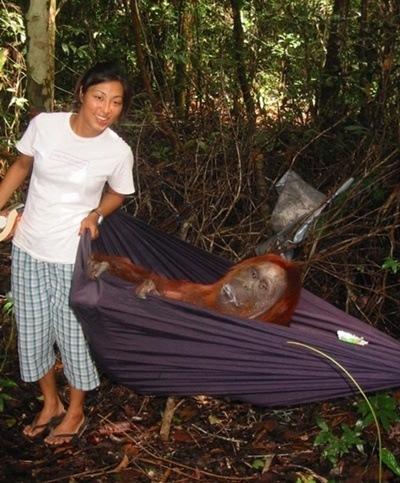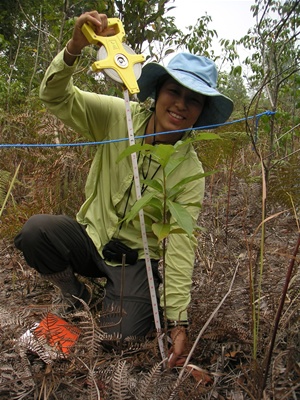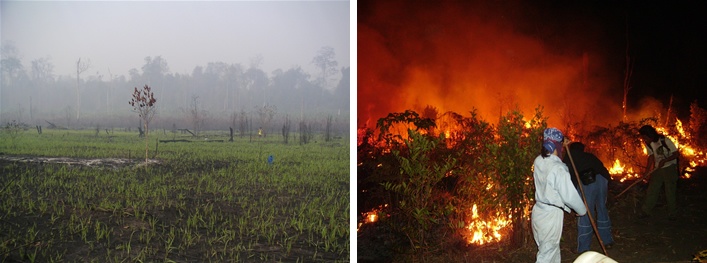
Akane Nishimura
Ph.D. Candidate
Laboratory of Dr. Philip Rundel, Department of Ecology and Evolutionary Biology & Center for Tropical Research
(310) 825-8777
anishimu@ucla.edu
Research Interests
Lowland tropical rainforests are rapidly disappearing due to fire, logging, and agriculture. Research and restoration efforts are urgently needed, especially in understudied and underserved areas like Borneo. Borneo is the world’s third largest island and is part of the Sundaland Biodiversity Hotspot. It is also home to many endangered species, including orangutans.

Natural succession and restoration efforts in Borneo have been affected by the invasive grass Imperata cylindrica, which is considered to be one of the ten worst weedy species in the world. Imperata is indigenous to Asia, but has recently expanded into disturbed rainforests throughout Southeast Asia, including my study area in Tanjung Puting National Park in Central Kalimantan (Borneo, Indonesia).
The goal of my research is to assess natural and assisted successional patterns in an effort to develop feasible, large-scale restoration of Imperata grasslands to secondary forest. As deforestation rates increase and El Niño related droughts in the area become more frequent and severe, it is essential to predict and prevent further degradation. To these ends, I am using a variety of techniques, including establishing a chronosequence of plots, root exclusion experiments, seed bank experiments, Geographic Information Systems (GIS), and remote sensing.
During the fall of 2006, I established a series of 10×10 m plots in areas with different use and fire histories. This work is being done with the aid of a local non-governmental organization (NGO), Friends of the National Park Foundation (FNPF). Some plots have been planted with native trees to determine what effects restoration has on early post-fire succession. We measured changes in understory plant cover, diversity, and recruitment as indicators of succession. I have also established two larger plots to conduct root-exclusion experiments, which will elucidate the role of underground competition in early succession.
Since fire has become prevalent in this area, I am also field validating the accuracy of several fire products for Central Kalimantan. This involves recording the presence or absence of fires based on field observations and comparing this to remotely sensed data. During future field seasons, I will continue to monitor my permanent plots and use remote sensing to analyze patterns in fire frequency, climate, and land cover change.

